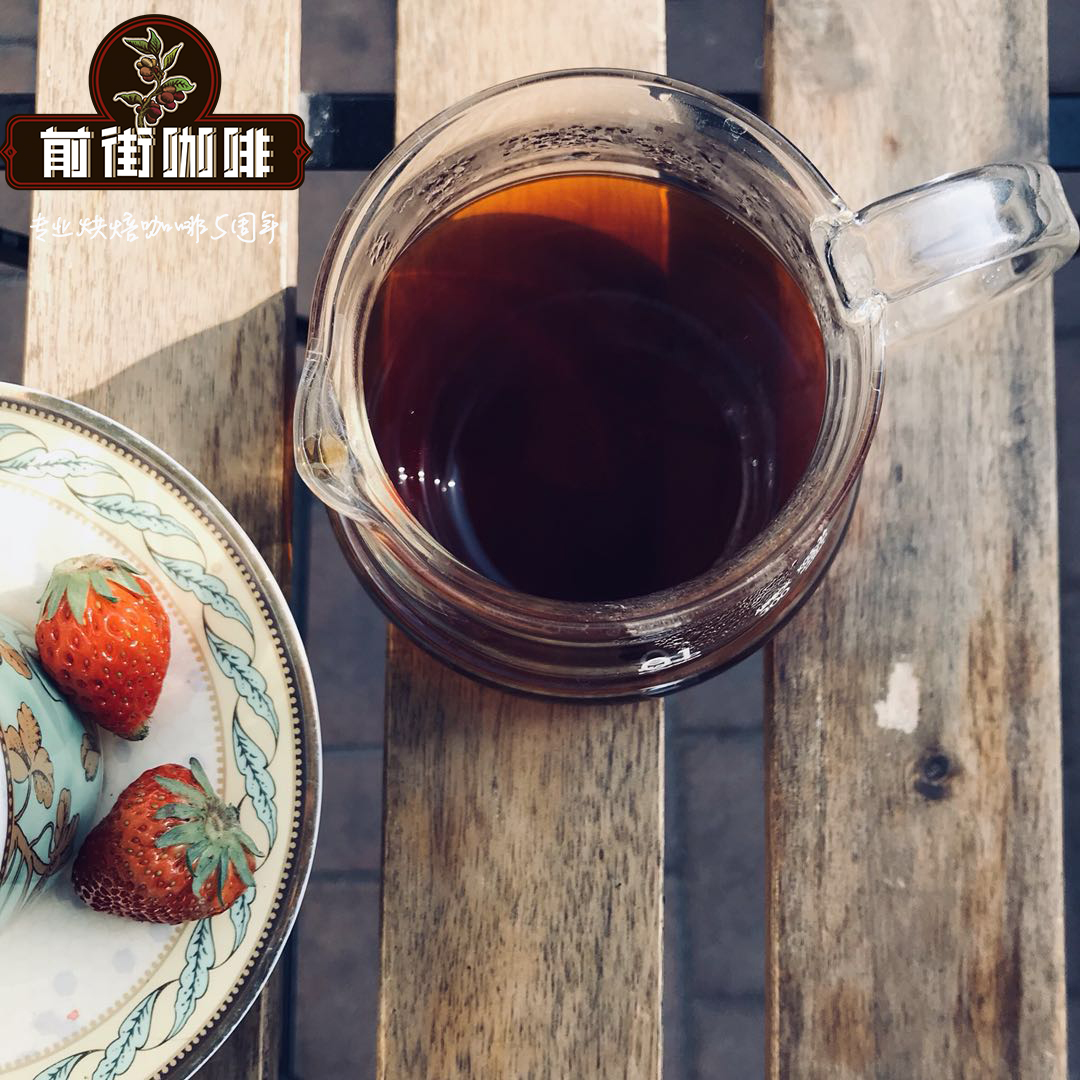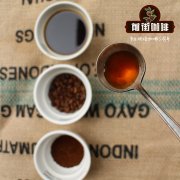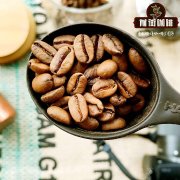Left Bank Coffee Legend in Paris Seine left Bank Coffee is really on the left Bank of the Seine in Paris?

Professional coffee knowledge exchange more coffee bean information please follow the coffee workshop (Wechat official account cafe_style)
Balzac, a French writer, once made a famous remark about coffee, and then in recent years, coffee advertisements kept sending: "I am not at home, in the coffee shop; not in the coffee shop, on the way to the coffee shop."
Came to Paris, France, this invincible romantic city, as if everything is so poetic and picturesque, even if it is a little unsatisfactory in some things, but when everyone comes here-all the unhappiness can still beautify her, and then pass over! This is the charm of Paris!
Hemingway once said: if you are lucky enough to stay in Paris when you are young, then wherever you go, it will follow you for the rest of your life. Paris is a flowing feast.
Subject matter: whenever the team arrives in Paris, the giant European tour guide will introduce it to the guests in detail: the so-called left bank coffee.
But when the long laying out, the white rabbit will often find: eggplant! The guest will only ask: dear team leader, how would we like to order coffee on the left bank? At this time, the team leader with three lines on his face will find that what he has just said is in vain, so when he returns to the company, he will react-- ask the White Rabbit to first write a little novel about the origin of the left bank coffee on the website.
Because according to the statistics of the giant country: before going abroad, guests will look at the destination information they want to go to more carefully, and after going abroad, they will eat, sleep and take photos. At this time, the distinguished guests just want to remember: when they come to Paris, they must go to the famous coffee shop mentioned by the team leader, drink a cup of famous coffee in the famous shop, and then start to take pictures. Wait until many years later. When a cat or dog crouched at the feet of the distinguished guests in the west of the sun, they took a photo album to look at the good memories of their youth and saw their coffee in Paris. I would appreciate it if I could think of the wonderful time when I joined the Paris delegation when I was young.
Travel with the giant country and see the beautiful scenery of the world!
The Latin district of Paris, which is famous for its literature, art and life, is commonly known as the left bank. It is named because it is located on the left bank of the Seine. For centuries, it has been a place where French scholars and scholars gather to express their feelings. There are many philosophers, poets, writers and artists who dominate the times, but with the pace of modernization, the left bank originates from the gathering of humanities since the Middle Ages. The Latin quarter is famous for the concentration of France's highest-density literary and artistic elite, including part of the Fifth, sixth and Seventh Arrondissement of today's Paris. There are many colleges and universities here, and the French Academy of Sciences and the Orsay Museum stand towering on the banks of the Seine, opposite the Louvre. Government agencies and the palace buildings of both houses of Congress are also here, with meticulous craftsmanship and majestic style.
The left bank of the Seine is full of literary styles since the Middle Ages. Sorbonne University is the oldest university in France. The academic atmosphere of the Latin district on the left bank is in sharp contrast to the royal court on the right bank. Today, the right bank is still a bustling business district, and the left bank still retains some artistic atmosphere because there are many universities and many students. Coffee on the left bank originated very early, and cafes can be seen everywhere, not to mention how many literary and historical philosophers completed great works here in the 18th and 19th centuries. In the area of Saint-Germain Avenue in the ○ era in the sixteenth century, many philosophers stirred up a leading trend of thought in jazz bars and cafes, creating the legend of "left Bank Coffee".
Although the amorous feelings of the past have faded in the streamer, sipping full-bodied coffee and feeling the literary air of centuries in the still romantic cafes of St. Michel or St. Germain Avenue is also a way to replenish the temperament.
In fact, if you want to find a coffee shop on the left bank of the Seine in Paris, it may be disappointing, because apart from the lack of time for group travel, VIPs will find that there are no cafes along the left bank except for secondhand book stalls. We must go further into the alleys, stroll through the painting and calligraphy galleries or antique shops that create the style of life in the flower capital, taste tasting pubs, cafes, fruit and vegetable shops, florists, bakeries, butcher shops, pharmacies, and so on, in order to get a little sense of the afterwind of the past. But in team life, VIP guests can't touch this area. But-- travel with the giant country and see the beauty of the world! The European tour leader of the giant country will lead the distinguished guests to look for private secret scenic spots exclusive to the giant country in the alley, and the photos taken back by the distinguished guests are very different from those of other groups!
Saud, the great existential philosopher, is a double-old cafe where he writes every day. The cafe is still doing brisk business, but without the impassioned recitation of the script by Saudi Arabia, who refused the Nobel Prize; he and Camus had a heated debate about whether existentialism is humanism, and now things have changed.
To this day, in order to resist the complete capitalization of the original living environment, many residents of the sixth arrondissement (Latin District of Paris) have formed residents' associations to protest, but after all, they cannot resist the power of multinational groups. According to the latest real estate statistics, the real estate prices in the fifth and sixth districts have surpassed the Champs Elysees Road and become the top of the capital. So the traditional distinction between "learning from the left and doing business with the right" has quietly become a thing of the past. Both the government and the people are trying to save the atmosphere on the left bank, but it is negligible compared with the overwhelming tide of capitalism. As a result, Saint-Germain became a famous shop street on the left bank; colorful pastry shops, fish shops, cheese shops and newspaper dealers were replaced by spotless real estate companies, banks and law firms. The traditional life of ordinary citizens, and the left bank amorous feelings that lead the French civilization and glory, are diluted in this trend of commercial transformation, and can only be recalled from the strong fragrance of coffee.
So come here: Juguo White Rabbit invites all distinguished guests to have a cup of pure espresso. The great nation entertains affectionately.
In French, "coffee" and "coffee shop" are actually the same word, and the French word "left bank coffee" actually refers to the coffee shop on the left bank of the Seine in the capital Paris.
The famous cafes here are "les 3 Mailletz", "le caveau des oubliettes", "caf é du Petit Pont", "le Select", "La closerie des Lilas", "caf é de Flore", "double couple = les Deux Magots" and so on.
Travel with the giant country and see the beautiful scenery of the world!
Existential philosophy master Saud said: "the road to freedom is through Flower God Coffee."... " .
Mr. Saud once lived on Bonnabar Street next to Flower God Coffee, where a group of intellectuals on the left bank competed with each other, giving birth to contemporary existential philosophy and literature. In Simonbova's memoirs, whenever she mentions the moment with Saudi Arabia, her mood goes back to the caf é on St. Germain Avenue. Later, Mr. Picasso pushed open the floor-to-ceiling glass door of Flower God, whose fame soared because he was favored by Picasso.
Huasen Cafe, founded in 1887, is simply a history of French humanistic thought and art. It was an early gathering point for royalists and conservatives. But after the three ○ years, the customer base took on a new face with the change of society; the first to blossom here were surrealist poets, and Apolinay became the most representative figure; during the German occupation, it became a place for Simon Bova and Saudi Arabia to keep warm; and Juliet Gregor, Alain Delon, Jennifer and Brigitte Padu, who sang pop music at that time after the war, made the place even more shining. Since 1994, the Flower God Literature Award created here has not only ranked among the important literary awards in France, but also become a symbol of the humanities and history of this cafe. Today, the cafe, located on the opposite corner of St. Germain's Cathedral, still offers visitors unlimited imagination with its green cups and plates on a white background.
Margo Cafe is opposite St. Germain's Cathedral. The cafe was formerly a ceramic shop. After it was decorated as a cafe in 1914, the interior has not been updated, and even the table is still the mahogany table of that year. Margo Cafe is only a few steps from Saudi Arabia's home, so it is also a cafe frequented by Saudi Arabia and Simon Bova Camus. In the ○ era, this pair of "existential couples" who lived apart all their lives often went to Margo Coffee. They each shared a table, smoked cigarettes and wrote their own articles. Camus is also a regular customer. Many well-known surrealist painters are regular patrons of Margo. Some painters eat breakfast from 10 am to Margo every morning, with coffee, milk and cocaine bread. Local residents also like breakfast at Margo Cafe.
The dark blue appearance of the Boco Cafe gives the cafe, which opened in 1686, a calm temperament. It is the oldest restaurant in Paris and is said to be the first cafe in the world. In addition to politicians and scholars, many actors often linger here because of the establishment of the French Theater. Celebrity portraits in the window and interior illustrate the store's glorious past; Voltaire and Diderot write an encyclopedia here, and Rousseau and Franklin are also regulars.
Since the first cafe in Paris, Progope Cafe, settled on the Rue Saint-Germain on the left bank of the Seine in 1689, the left bank has gradually formed a cultural shrine full of cafes, attracting a large number of poets, writers, painters and philosophers to think, read, discuss and write here. Since the emergence of the first cafe in France in the second half of the 17th century, the country has developed a close cultural relationship with the cafe. The thinkers of the age of enlightenment debated or wrote books here, and finally sparked the flames of the French Revolution. At that time, the cafe was full of strong political atmosphere. At the beginning of the 19th century, artists and writers almost used cafes as office rooms. In order to save electricity and money, they often ordered one or two cups of coffee to sit for the whole day, or they used it as a meeting place for exchanging views and news, with their own territory or seats. this in turn makes the cafe a stronghold of some gang, with more romantic and unruly vitality.
A few years ago, the cafe on the left bank looked something like this:
1. Picasso fell in love with Miss Mary Deles at first sight at the Gorbua Cafe.
two。 Henry Miller met the poet pound at the double Old Cafe.
3. Hemingway sat in a window seat at the Lilac Garden Cafe to conceive his "the Sun still Rises."
4. Sartre and Simon Beaufort discuss being and nothingness at the Flower God Cafe.
5. Camus invited friends at the Dome Cafe to celebrate the Nobel Prize for Literature for his "Plague".
In the flowing art feast = Paris, the starry Cubism, Fauvism, Impressionism, Abstractivism and Dadaism were born because of the frequent drinking of coffee. it formed a "lost generation" represented by Hemingway and Fitzgerald in the history of world literature, and nourished three Nobel Prize winners: Hemingway, Camus and Sartre.
In Picasso's "the Girl of Avignon", in Matisse's "the Young Girl with Tulips", in Hemingway's "the Sun still rises", in Henry Miller's "Tropic of Cancer", in James Joyce's "Ulysses", in Sartre's "being and nothingness", in Simon Beaufort's "second Sex", these countless masterpieces … Are filled with the fragrance of coffee on the left bank.
Important Notice :
前街咖啡 FrontStreet Coffee has moved to new addredd:
FrontStreet Coffee Address: 315,Donghua East Road,GuangZhou
Tel:020 38364473
- Prev

How much is the franchise fee for left Bank Coffee the relationship between Sena left Bank Coffee and left Bank Cafe
Professional coffee knowledge exchange more coffee bean information please follow the coffee workshop (Wechat official account cafe_style) recently like to drink coffee from the left Bank Cafe! If you grab a drink in Xiao 7, you can drink it (pay for it, of course! ) to share my coffee time with you is to talk about eating and drinking. I just have a special feeling when I write about it. XD
- Next

What is BOP? Do you know the Panamanian National Cup?
Professional coffee knowledge exchange more coffee bean information please pay attention to the coffee workshop (Wechat official account cafe_style) Panama is the southernmost country in Central America, coffee plantation is mainly in the Central Mountains, around the Baru volcano, Boquete and Volcan Candela, mountain suitable micro-climate and fertile volcanic soil, making high-quality coffee in Panama. BOP starts at 20.
Related
- What brand of black coffee is the most authentic and delicious? what are the characteristics of the flavor of the authentic Rose Summer Black Coffee?
- Introduction to the principle and characteristics of the correct use of mocha pot A detailed course of mocha pot brewing coffee is described in five steps.
- Which is better, decaf or regular coffee? how is decaf made?
- How much is a bag of four cat coffee?
- How about four Cat Coffee or Nestle Coffee? why is it a cheap scam?
- Which is better, Yunnan four Cats Coffee or Nestle Coffee? How about cat coffee? is it a fake scam? why is it so cheap?
- How about Cat Coffee? what grade is a hoax? which instant coffee tastes better, four Cat Coffee, Nestle Coffee or G7 coffee?
- Process flow chart of coffee making-Starbucks coffee making process what coffee tastes good at Starbucks
- The top ten best coffee beans in the world Rose summer coffee or Tanzanian coffee tastes good
- Yunnan four cat coffee is good to drink?_four cat coffee is a big brand? four cat blue mountain coffee is fake?

